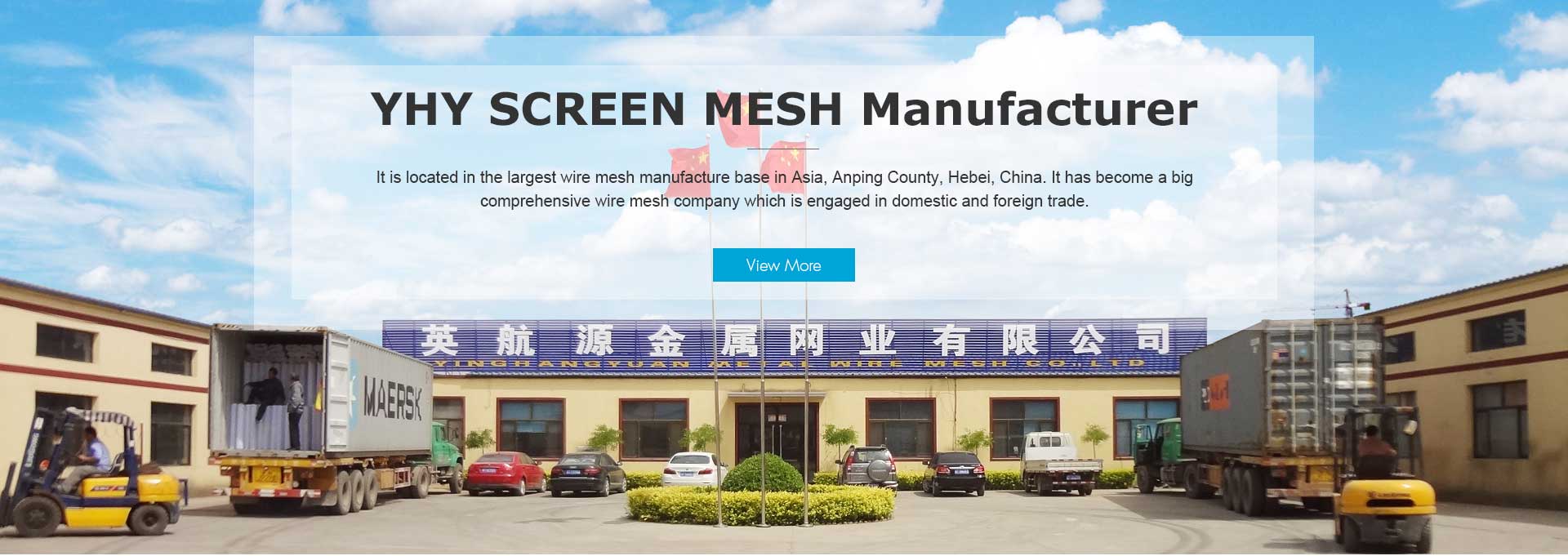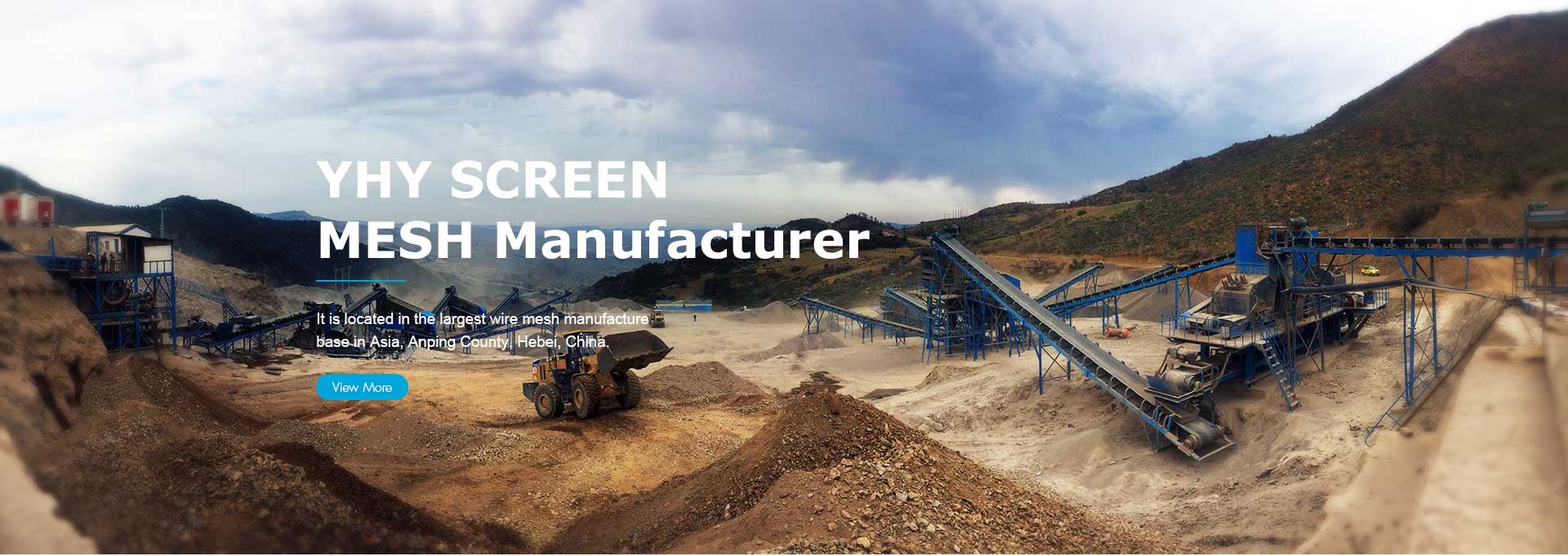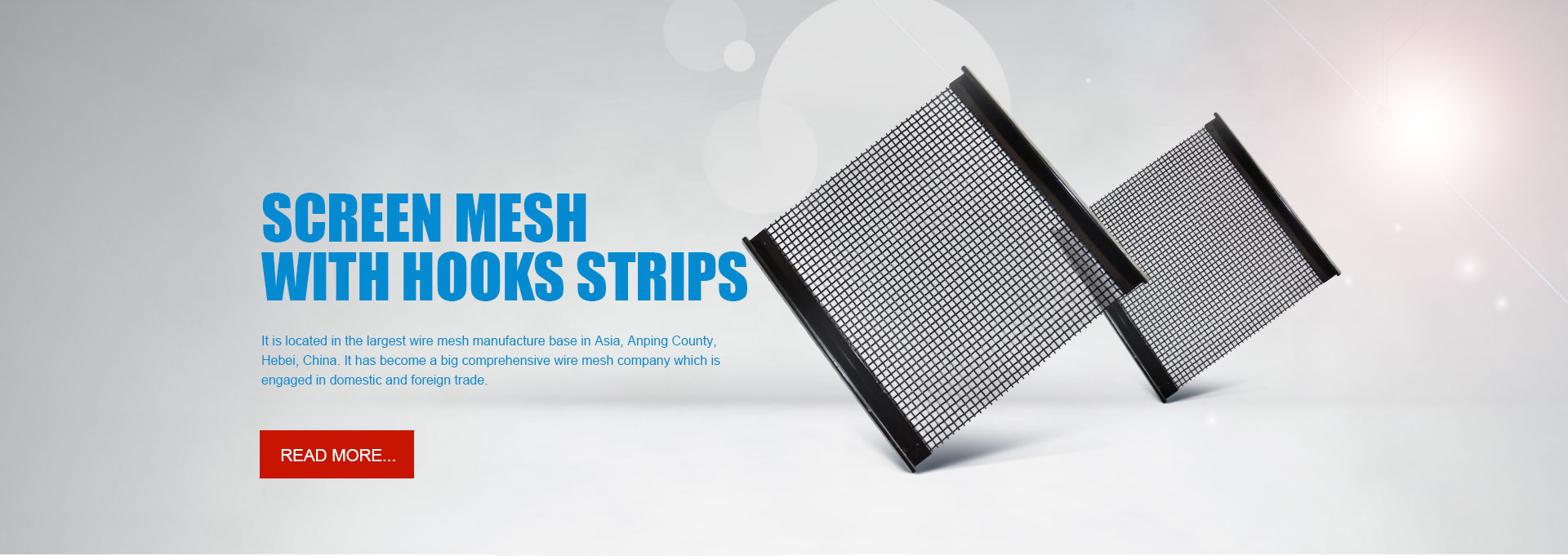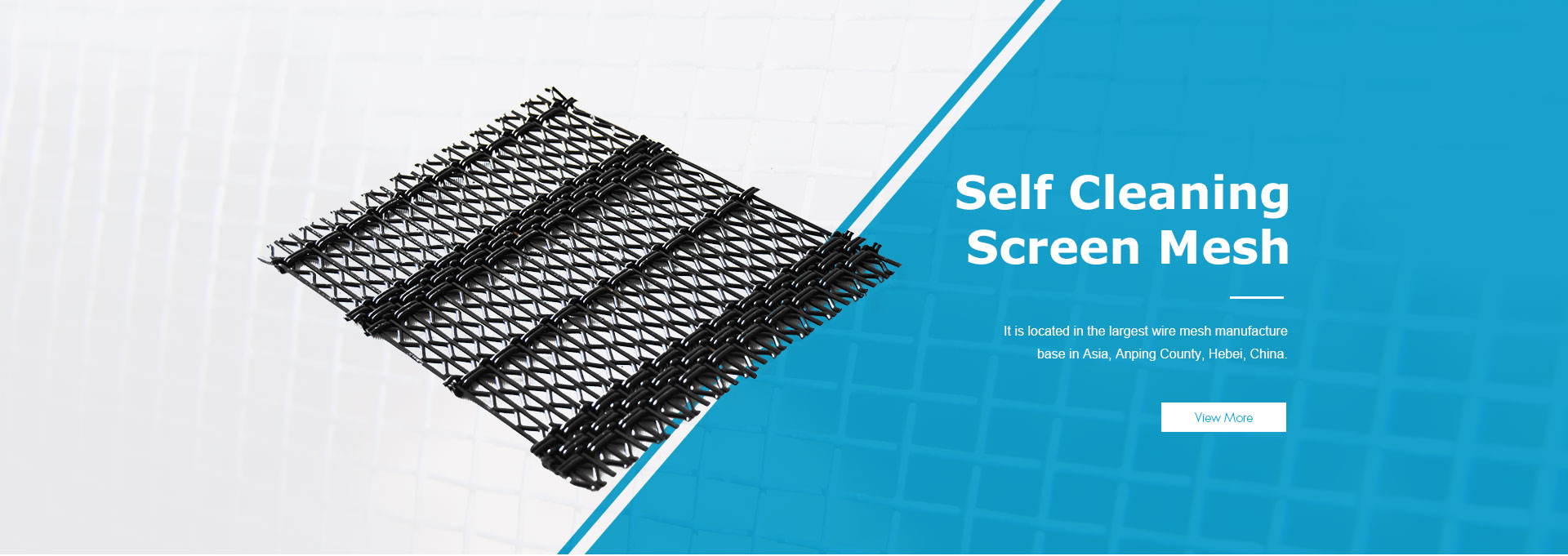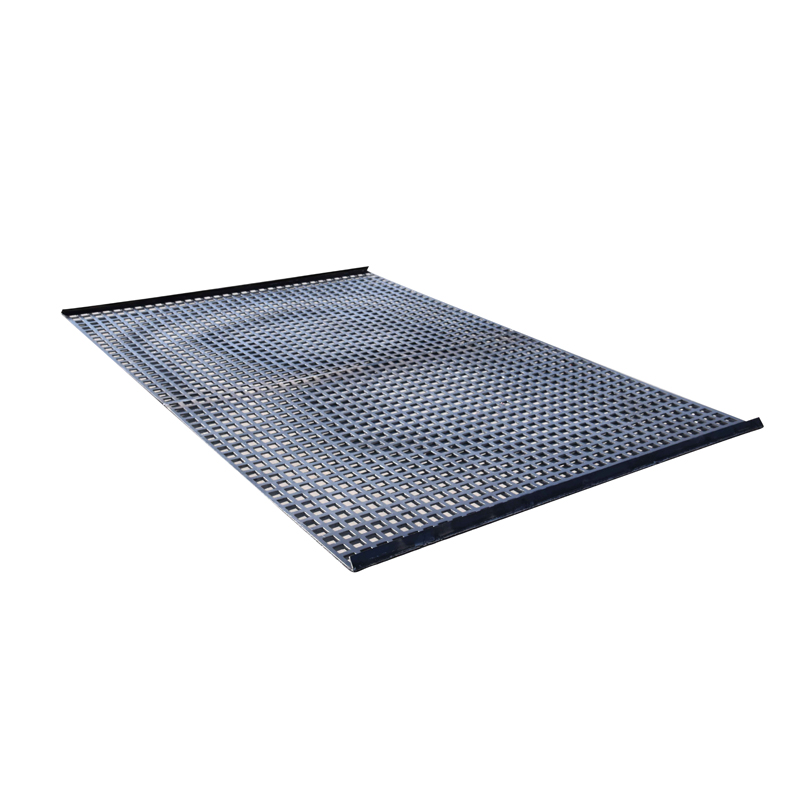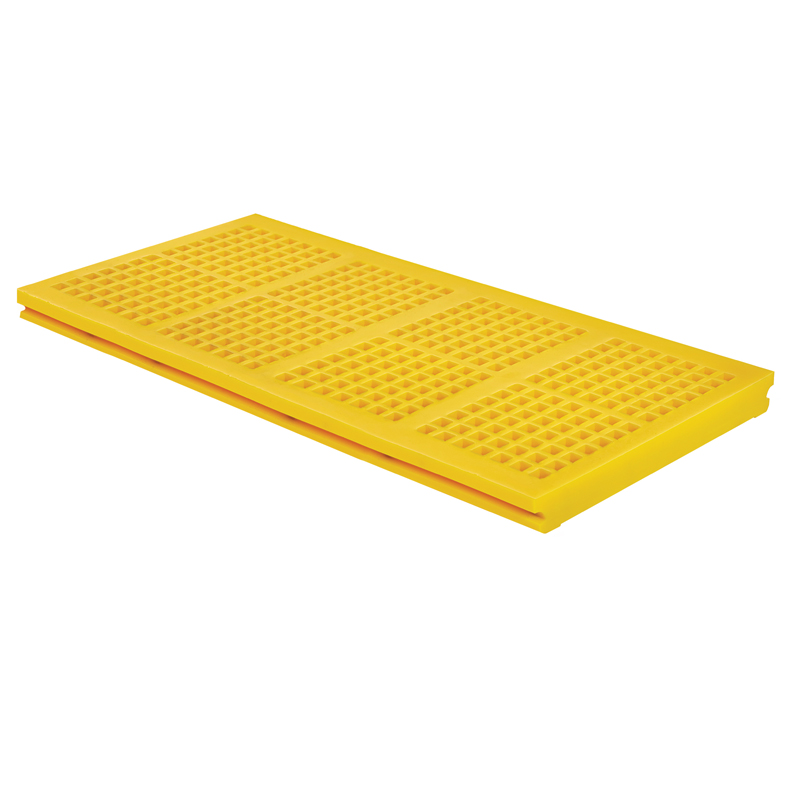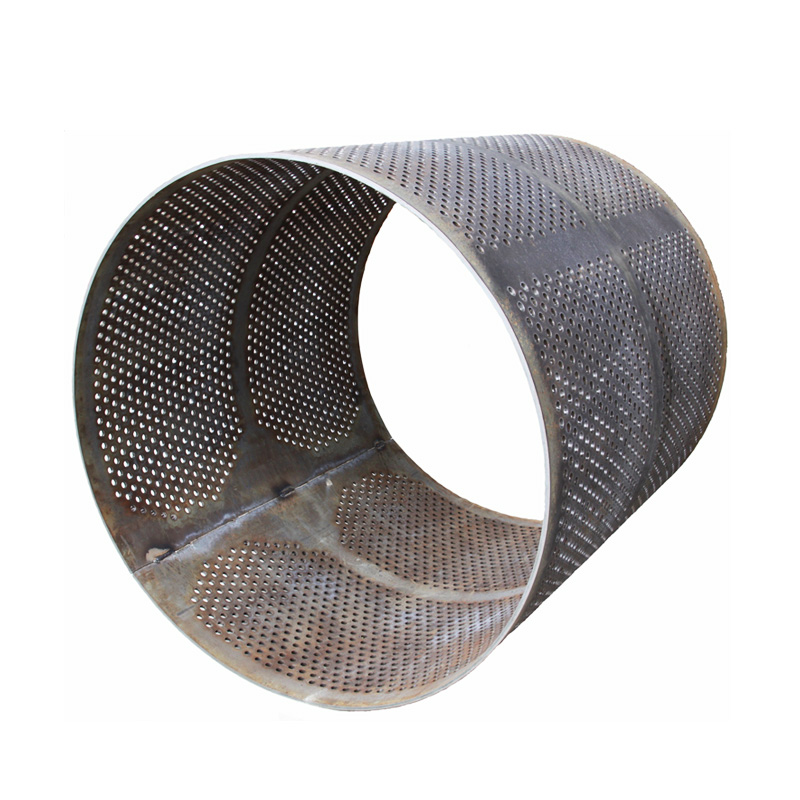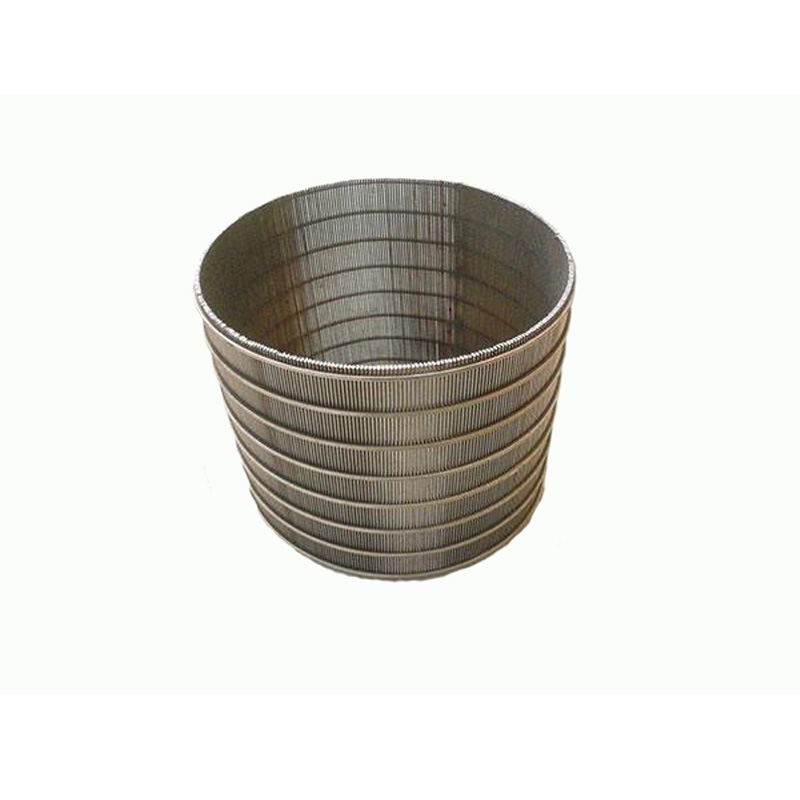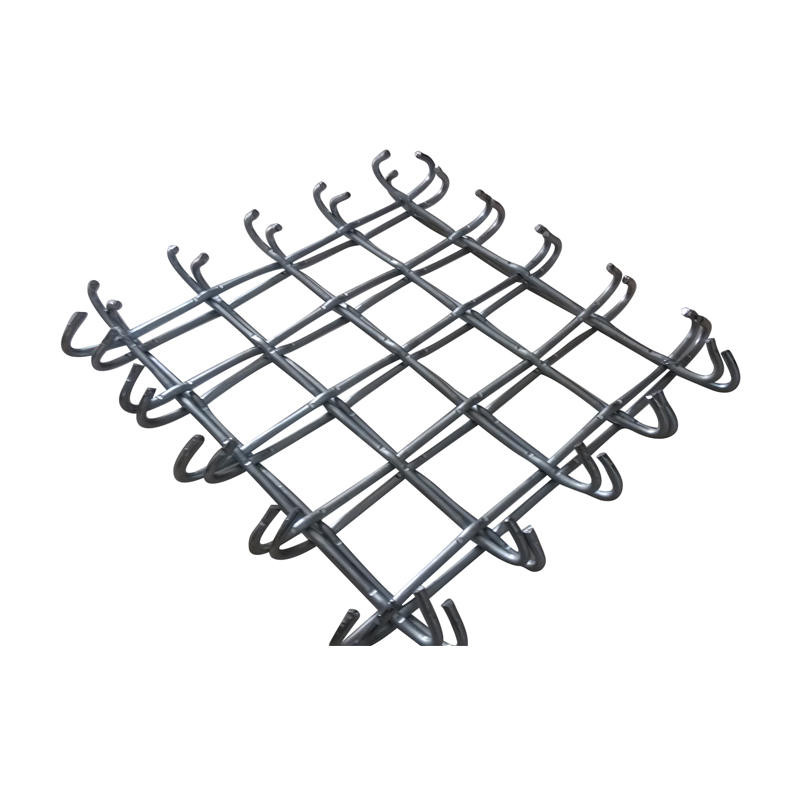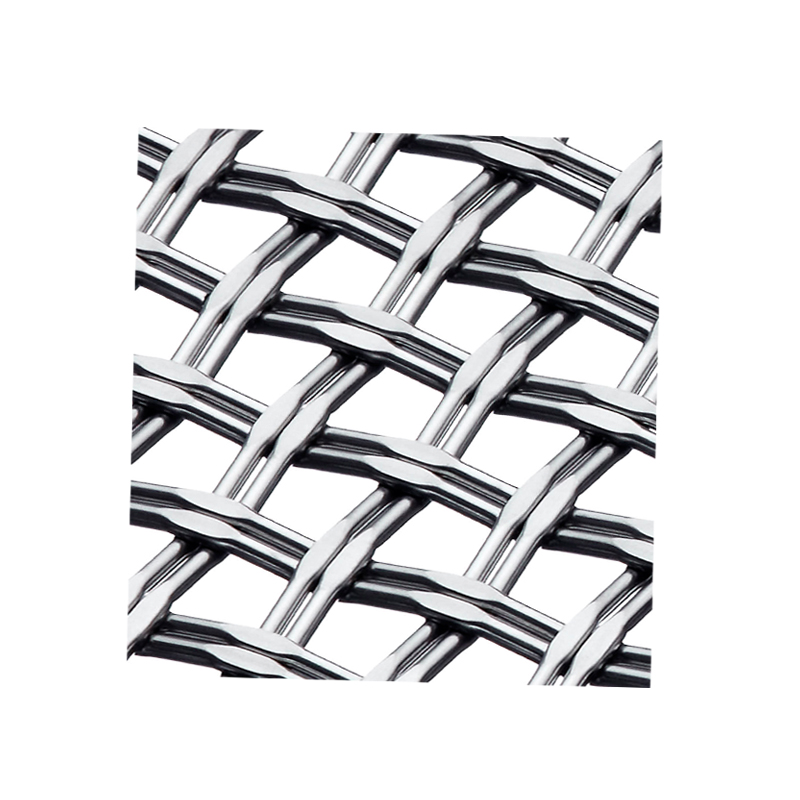1. Definition of hot-dip galvanized steel mesh
Hot-dip galvanizing is also called hot-dip galvanizing. It is to melt the zinc ingot at high temperature, put some auxiliary materials, and then immerse the diamond steel mesh in the galvanizing tank to make a layer of zinc layer attached to the steel mesh. The advantage of hot-dip galvanizing is that it can enhance the corrosion resistance of the steel mesh, and the adhesion and hardness of the galvanized layer are better.
2. The difference between cold galvanizing and hot-dip galvanizing:
"Cold plating" is "electroplating", that is, the zinc salt solution is electrolyzed to coat the diamond steel mesh product. Generally speaking, it does not need to be heated, the amount of zinc is very small, and it is easy to fall off in a humid environment.
3. Environmental protection issues
Hot-dip galvanizing of steel mesh emits fewer pollutants.
The pollutants of hot-dip galvanizing are mainly waste acid from pickling workpieces.
The pollutants of cold galvanizing mainly include waste acid from pickling workpieces, electroplating waste liquid, waste passivation liquid, etc.
The types and quantities of pollutant emissions from cold galvanizing greatly exceed those from hot-dip galvanizing.
4. Differences in the process of galvanized steel plate mesh
First of all, the difference in the process is: hot-dip galvanizing is to degrease, pickle, immerse and dry the workpiece, then immerse it in the molten zinc liquid for a certain period of time, and then take it out.
Cold galvanizing is also called electro-galvanizing. It uses electrolytic equipment to put the diamond steel plate mesh into a solution composed of zinc salt after degreasing and pickling, and connect it to the negative pole of the electrolytic equipment; a zinc plate is placed opposite the diamond steel plate mesh and connected to the positive pole of the electrolytic equipment. The power is turned on, and the directional movement of the current from the positive pole to the negative pole will deposit a layer of zinc on the workpiece.
Hot-dip galvanizing: Hot-dip galvanizing is generally carried out after the hemming process is completed. When the thickness of the load flat steel is not less than 5mm, the average weight of the zinc layer after galvanizing is not less than 610 grams/square meter; when the thickness of the load flat steel is less than 5mm, the average weight of the zinc layer after galvanizing is not less than 460 grams/square meter. The quality and requirements after galvanizing should comply with GB/T13912.
5. The difference between the finished products of galvanized steel plate mesh: the surface of hot-dip galvanizing is not as fine and bright as that of cold-dip galvanizing, but the thickness of the zinc layer of hot-dip galvanizing is dozens of times that of cold-dip galvanizing. The anti-corrosion performance is also dozens of times that of electro-galvanizing.










